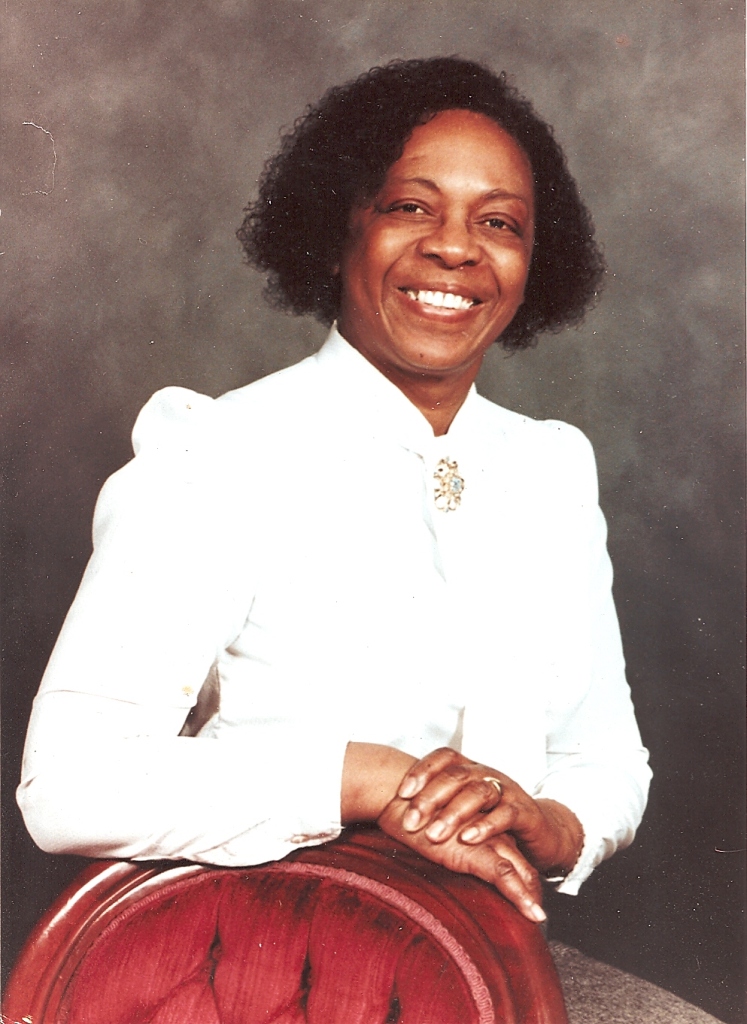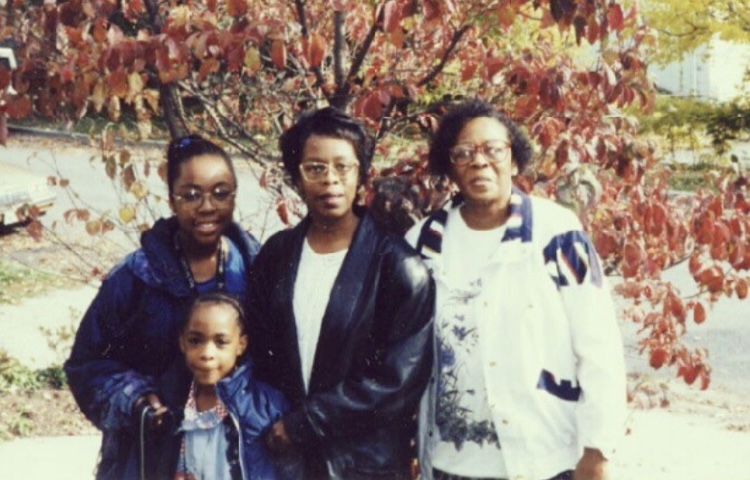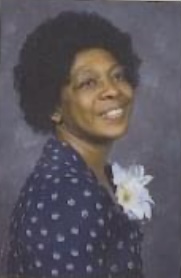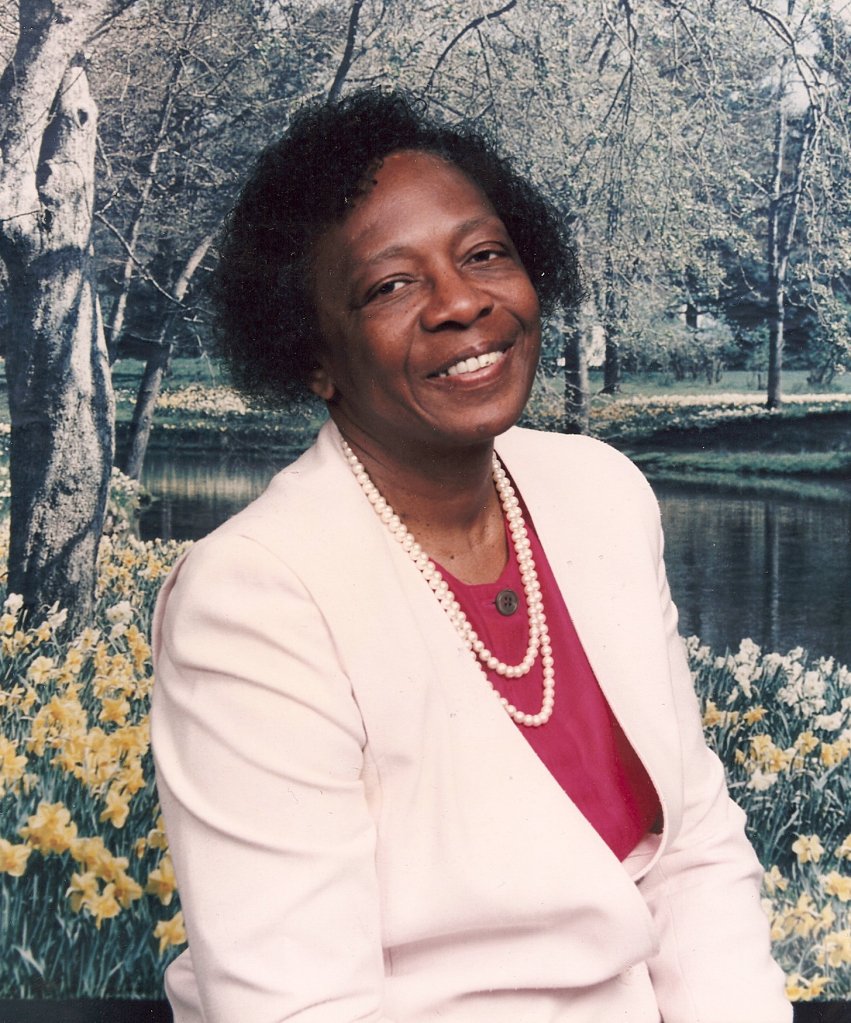
Early 2006, I received a call from my grandmother, whom we called Granny. She sounded out of it and wanted me to sit and pray with her. If you knew my Granny, you’d know that she was full of life, loved to keep busy, and kept a lot to herself because she didn’t like worrying others. Getting a call from her that she wasn’t feeling well was unusual.
I recalled a couple of years prior when she was unable to attend my high school graduation because she wasn’t feeling well. I heard my parents and other family members talking about her health and even heard Granny telling someone about her acid reflux and how sick it would make her feel. There were even days she would have to sleep sitting up to ease the pain.
After praying with Granny, we sat on her bed and talked. I wish I could recall what our conversation was about. All I can remember is the smile on her face. Granny was able to walk me to the door and see my off. She seemed better. Then November 10, 2007 happened.
“Cardiovascular disease (CVD) in women remains under-diagnosed and undertreated due to the diagnostic challenge it presents, as well as the persisting attitude that CVD predominantly affects men”1
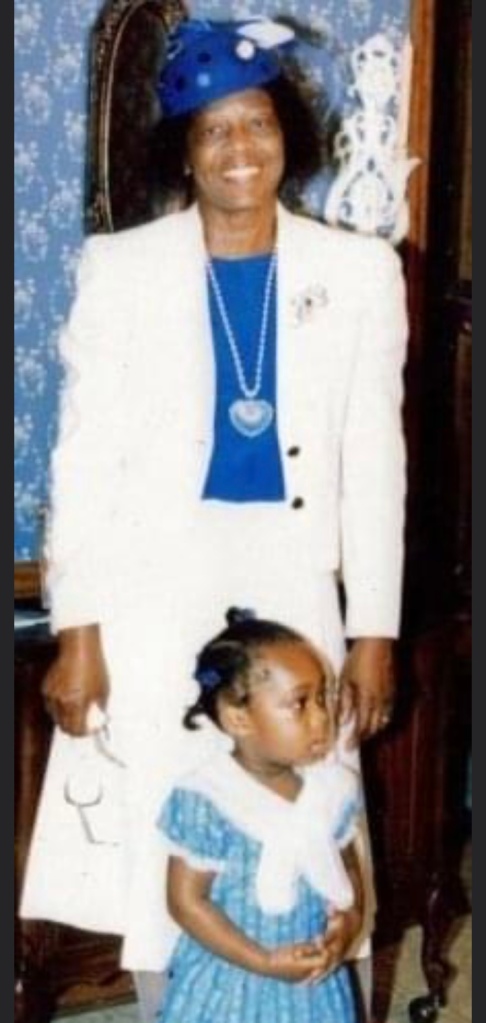
I was unemployed and Granny was giving me tasks to do so that I could earn money. I arrived at her house early on November 10th to pick her up to grocery shop. When I arrived, Granny said that she didn’t feel up to going out but was still able to heat me up some oatmeal with applesauce. I asked her how she knew I loved eating my oatmeal with applesauce, she smiled and said that’s how she would make it for me when I was little.
After breakfast, Granny felt better and said that she would come to the store with me and grandpa. I asked her if I could interview her for my Africana Studies project and she said yes. Then we left for the store.
Grandpa went into another store and Granny and I went into the Shoppers to pick up a few items. We started walking through the produce aisle when Granny took a diet Pepsi out of her purse. I had no idea what she was doing but remembered that she was probably drinking the soda to help with her acid reflux. Then she turned to me and said that she had to sit down.
We found a place for her to sit in the next aisle and she told me to get her antiacid medication. I ran to get the medication and when I returned, she had a look of agony on her face. Grandpa was standing next to her and the store’s manager asked if he should call 9-11. Granny said no and drank some of the antacid medication I found. Taking the medication only made things worse. She asked me to take her back home.
What we all thought was acid reflux wasn’t. Granny didn’t show the signs and symptoms that I once heard about. Her hand wasn’t gripping her chest like Fred in Sanford and Son, she was able to speak… I had no idea that she was having a heart attack.
“She might not have the prototypical combination of features of chest pain, radiating pain down the arm, shortness of breath and sweating, which are often the examples given in textbooks.”2
Later that day, we were at the hospital and it was revealed that she had a massive heart attack. Not only that, but it was also told to the adults in the family that she’d been having mini heart attacks for some time. Her heart was severely damaged and if she were to make it, she would need care for the rest of her life.
Before leaving the hospital, she was able to give me a hug and whispered, “You always did take care of ol’ Granny,” into my ear. I thought everything would be okay. I didn’t know that would be the last time I would see her on earth. On November 13th, my Granny passed away.
“Heart disease is the leading cause of death for African American and white women in the United States.”3
After my grandmother passed away, I began hearing news reports about women whose heart disease was misdiagnosed. When compared to men, women are 50% more likely to be misdiagnosed.4 In a 2014 study conducted by the Women’s Health Alliance, only 40% of the women in the study had a heart health assessment during their annual wellness exam, and of the 75% who had a risk factor, only 16% were told that they were at risk for heart disease.5
Research has shown that women experience heart attack signs and symptoms differently than man. And although more men have heart attacks than women, women are more likely to die.
Today marks the 17th anniversary of Wear Red Day, which is celebrated the first Friday of February to bring awareness to heart disease. This Wear Red Day, I honor my fearless, strong, giving, kind, and most of all, loving Granny, Betty F. Massey.
For more information about heart disease, please visit heart.org.
Sources:
Keteepe-Arachi, T. & Sharma, S. 2017. Cardiovascular Disease in Women: Understanding Symptoms and Risk Factors. European Cardiology Review. 12(1): 10–13. Retrieved from https://www.ncbi.nlm.nih.gov/pmc/articles/PMC6206467/
American Heart Association News. 2020. Changing the way we view women’s heart attack symptoms. Retrieved from https://www.heart.org/en/news/2020/03/06/changing-the-way-we-view-womens-heart-attack-symptoms
Centers for Disease Control and Prevention. 2020. Women and Heart Disease. Retrieved from https://www.cdc.gov/heartdisease/women.htm
WebMD. 2018. Why Women Struggle to Get The Right Diagnosis. Retrieved from https://www.webmd.com/women/news/20180607/why-women-are-getting-misdiagnosed
Columbia Surgery. 2020. The Mounting Crisis in Women’s Heart Health. Retrieved from https://columbiasurgery.org/news/mounting-crisis-women-s-heart-health

